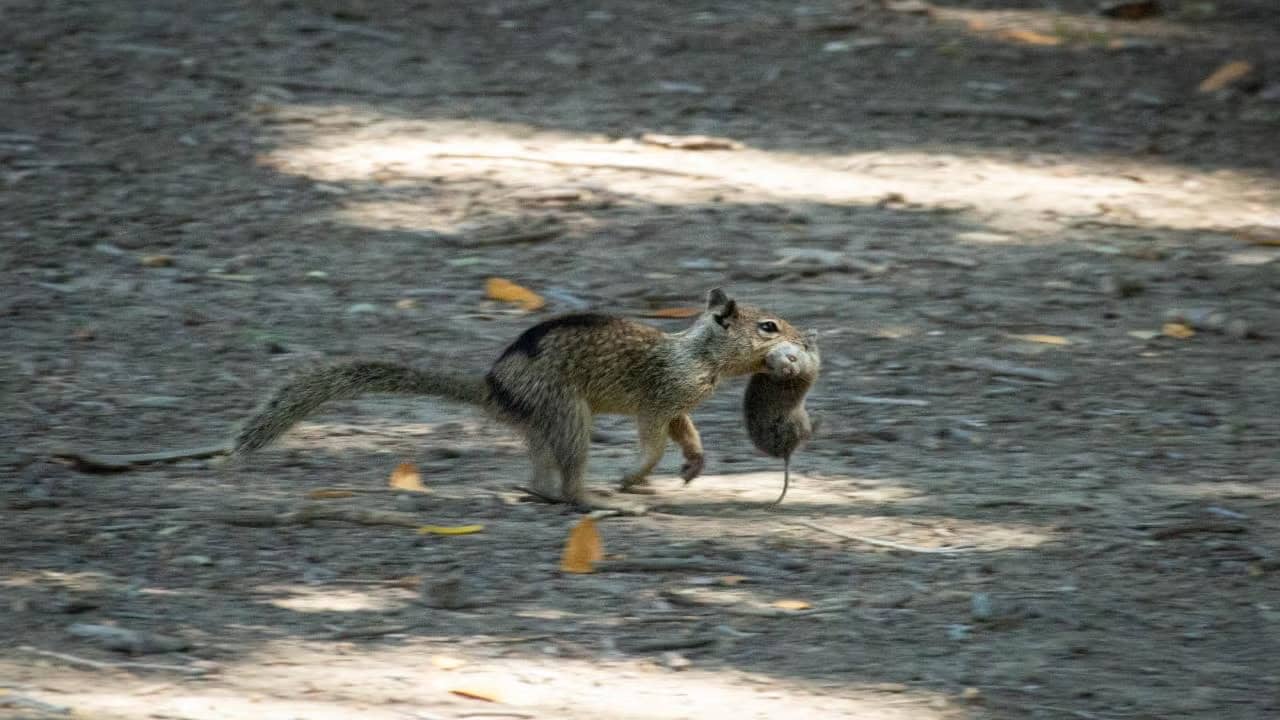
9 Fun Facts About California Ground Squirrels
When you think of a squirrel, you might picture a fluffy-tailed tree-dweller, but the California ground squirrel (Spermophilus beecheyi) is a fascinating creature with some surprising abilities. These social animals, often seen scurrying across open fields and hillsides, have adapted some truly unique survival skills. Let's dive into some of the most remarkable facts about these clever critters.

A Colorful World
Unlike many mammals, California ground squirrels can see in color. They have color vision, which helps them identify food sources like seeds and vegetation, and also allows them to spot predators from a distance by discerning their coloration against the landscape.
Venom Resistance
Perhaps their most impressive defense is their partial immunity to rattlesnake venom. While not completely invincible, they have evolved a resistance that allows them to survive bites that would be fatal to other animals of their size. This immunity, along with their clever tail-waving, makes them formidable opponents.
A Social Scurry
A group of these squirrels is called a scurry. This collective name highlights their social nature and the bustling activity often observed around their burrows. Scurries work together to maintain their complex burrow systems and to raise their young.
The Alarm Call
These squirrels are highly social and use a variety of vocalizations to communicate. They use alarm calls to warn relatives and other members of their scurry when a predator is nearby. This behavior is a key part of their social structure, helping to ensure the survival of their kin and the broader group.

A Threatening Tail Wave
California ground squirrels are well-known for their incredible ability to rapidly wave their tails, which makes them appear larger and more threatening. This isn't just a visual trick; it's a thermoregulatory defense.
Active During the Day
These California ground squirrels are diurnal, meaning they are most active during the day. This makes them easy targets for predators like hawks, coyotes, and, most notably, rattlesnakes. This daily activity pattern is driven by the need to forage for food and perform other essential tasks in daylight.
The "Hot Tail" Trick
To scare rattlesnakes, who have pit organs that allow them to see in infrared, or sense heat, a ground squirrel will rapidly vibrate its tail. It can actually increase the temperature of its tail, creating a thermal signal that appears as a much larger, more intimidating target to the rattlesnake, effectively deterring the snake and giving the squirrel a chance to escape.

The State of Torpor
When temperatures drop, these squirrels don't fully hibernate but can enter a state called torpor. This is a short-term form of hibernation where their metabolism and body temperature significantly decrease to conserve energy. This allows them to endure brief periods of cold or food scarcity without the need for full hibernation.
Master Architects
A California ground squirrel's home is a marvel of engineering. Their burrows can be over 30 feet long and are much more than just a hole in the ground. They are complex tunnel systems with distinct rooms, including pantries, nurseries for their young, and even designated "garbage" areas. This intricate design helps them stay safe from predators and regulate their body temperature.
- Choosing a selection results in a full page refresh.
!

